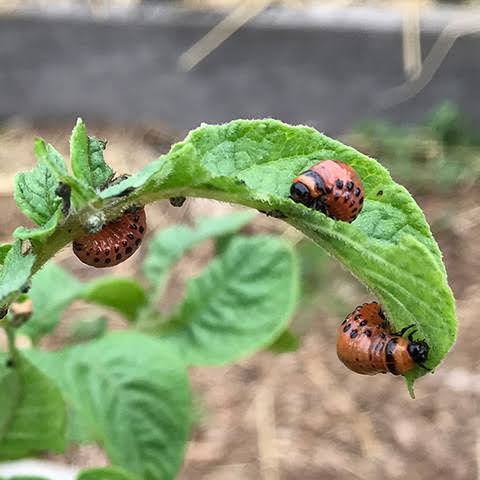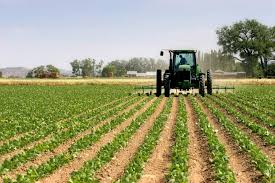During planting operations, the selection of good seeds is vital as it helps good germination as well as growth of strong and healthy crops. Planting of selected seeds at recommended spacing reduces competition between plants for growth resources and ensures development of vigorous plants.
The control of pest, disease and weeds in organic cropping systems is achieved through crop rotation, mechanical/physical control, mulching, field sanitation, integrated pest management etc.
Crops are harvested at maturity and stored properly to avoid losses especially chemical usage is not allowed in the system. Storage at low temperatures and relative humidity’s increase the life span of stored products.
Read Also: Significance And Uses of Sage Flower
Seed Selection
Seed selection; good quality seeds are essential for the growth of strong and healthy crops which can resist diseases or even drought. Healthy seeds (free from seed borne diseases) can be acquired from trusted seed sources.
Small, shriveled and broken seeds contain less food for the developing seedling therefore should be removed so as to get stronger and healthier seedlings.
Seeds with desirable traits e.g. greater adaptability, pest and disease resistance, high yielding ability etc. should be selected. Seed selection may also be based on acceptability or on market preferences because of size, color, number of grains and other desirable traits.
Planting
Planting: seeds should be planted at the recommended spacing to allow good root establishment/development so each plant can have access to enough sunlight and nutrients. The water requirement/needs of the crop to be planted are important for good growth and development.
Read Also: Antirrhinum Flowers: All You Need To Know About
Post-Planting Operations (Pest, Disease and Weed management, Harvest and Storage).

Pest and disease management in organic cropping systems are achieved through a number of ways some of which are:
1. Crop rotation i.e. growing crops in sequence is adopted so as to break insect pest, disease or weed cycles.
2. Field sanitation to remove or rogue disease vectors, weed seeds and habitat for pest organisms.
3. Adoption of good cultural practices e.g. selecting disease and pest resistance varieties.
4. Mechanical or physical pest control such as introduction of predators or parasites of the pest species.
5. Mulching with full biodegradable materials to control weeds.
6. Application of non synthetic biological botanical or mineral inputs.
7. Intercropping can help reduce the problem of weeds especially in mixtures with legumes as they spread and cover the soil surface thus smothering weeds.
8. Integrated pest management where different control measures as discussed above are combined to achieve pest control.
9. Harvesting is done as soon as they ripen/mature to avoid losses/reduction in quality especially as storage chemicals i.e. preservatives are not used.
10. Harvested produce are stored by maintain; low temperatures and relative humidity for grains, sprinkling of diatomaceous earth on grains and sanitize/seal, load, aerate and monitor (SLAM)
In conclusion, Post planting operations in organic systems adopt the usage of natural means of pest control and storage methods rather than the use of chemicals.
Methods of pest control include the use of resistant varieties, field sanitation, crop rotation etc. while storage is ensured at low temperatures and relative humidity.
Good seeds should be selected and planted at the recommended spacing to allow good root establishment/development so each plant can have access to enough sunlight and nutrients.
Pest and disease management in organic cropping systems are achieved through a number of ways some of which are; crop rotation, use of resistant varieties, non-synthetic biological botanical or mineral inputs etc.
Harvesting is done when the crop matures and the produce are stored at low temperature and humidity levels.
Read Also: The Wonderful Benefits of Waste Recycling






